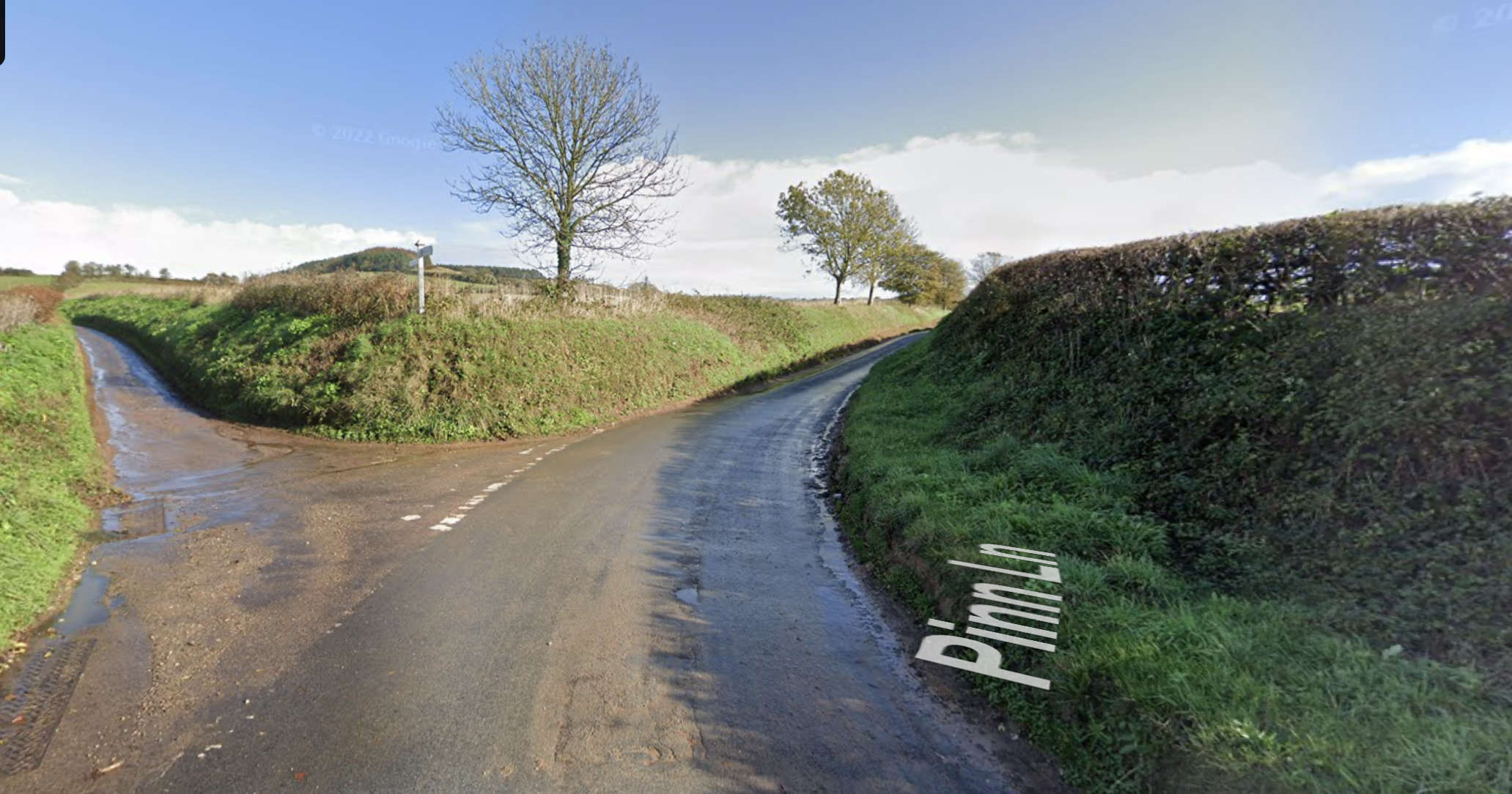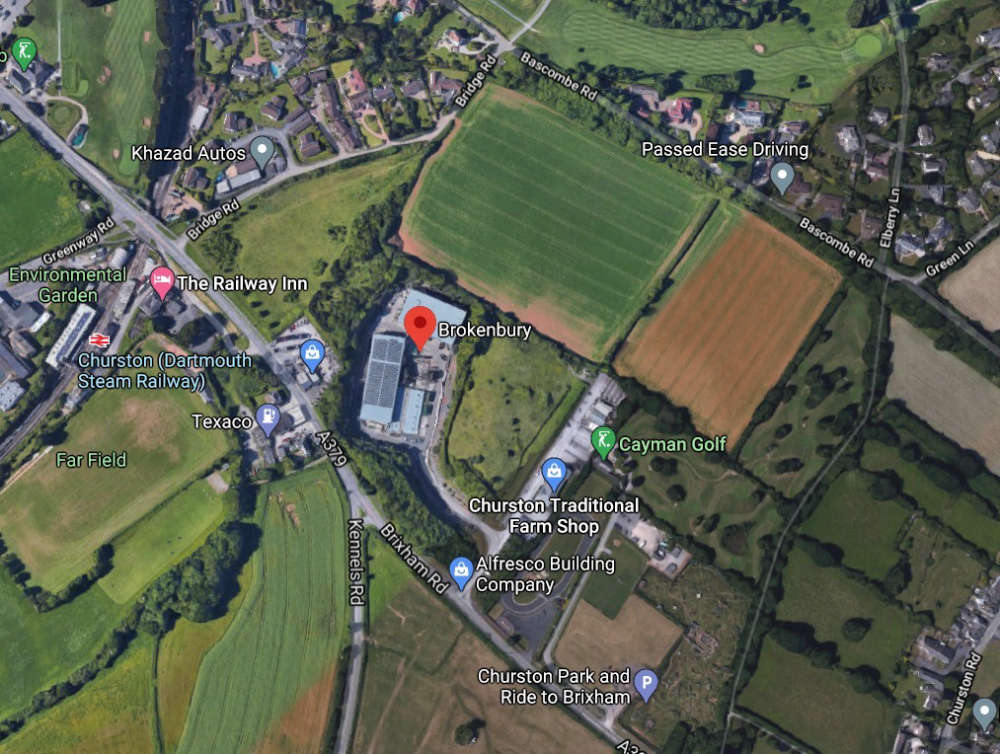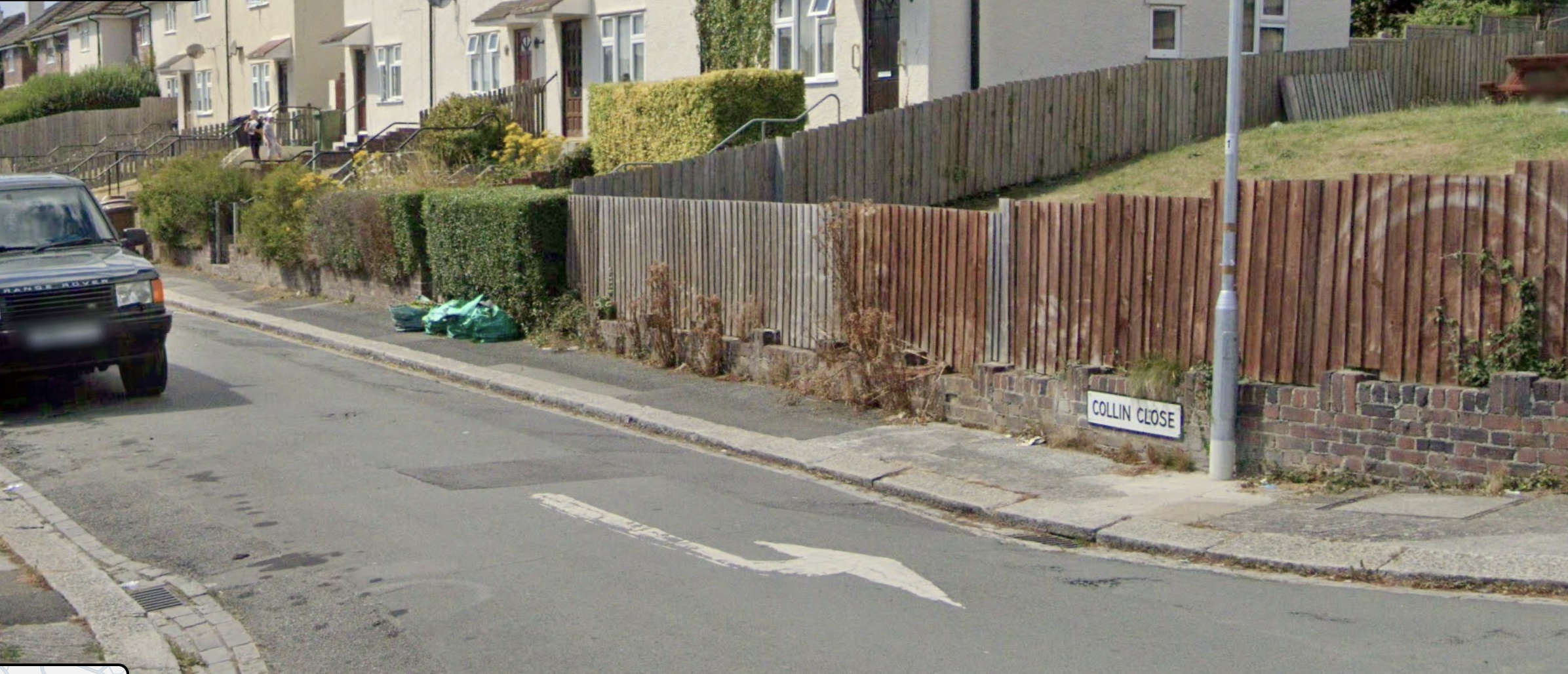
Snow warning upgraded to amber
Yet more weather warnings have been issued by Exeter's Met Office.
An amber warning for snow has been issued for between 1400 and 1900 today (Thursday 31st January)
A yellow warning for ice is in force for 24 hours from 1300 today.
Devon County Council is asking people to think about their journey home tonight. Councillor Stuart Hughes, Devon County Council Cabinet Member for Highway Management, said: “We want people to take extra care when travelling and think about their travel arrangements for the evening rush hour if we do get more snow.”
Devon and Somerset Fire and Rescue has also issued this advice about driving in snow and ice.
• If possible avoid driving in snow and other treacherous conditions.
• Never leave when it’s snowing heavily or if it is forecast to snow, and avoid in other bad conditions like heavy rain, ice or fog.
• Consider public transport.
• If you drive to work, try to make arrangements to work from home (particularly if you live in a rural area).
Are you prepared?
Breaking down is never a pleasant experience – especially if you have to wait for recovery in the cold. You’ll also want your vehicle to be in the best condition to handle difficult driving conditions in severe weather.
• Ensure your vehicle is well-maintained through an up-to-date MOT, regular service, and regular walk-round checks by you.
• Check your tyres to ensure they’re in good condition and have a tread depth of at least 3mm to be safe in the wet.
• Make sure there is anti-freeze in your radiator and windscreen washer bottle.
• Keep an ice-scraper and de-icer in your vehicle at all times in winter.
• Pack a winter driving kit in case of emergency. This might include: a torch; cloths; a blanket and warm clothes; food and drink; first-aid kit; spade; warning triangle; and high-visibility vest.
• Always take a well-charged phone in case of emergencies, but don't be tempted to use it when driving.
Before you set off
In severe and wintry weather it's even more important to plan your journey. Check the weather forecast in advance and plan your journey. In bad weather, major roads are more likely to be cleared and gritted, still allow plenty of time for potential hold-ups. The Met Office provides up to date forecasts, and issues warnings when severe weather is likely.
Clear ice, snow and condensation completely from your windscreen and all windows before setting off. Clear snow off the roof of your vehicle too, as it might fall and obscure your vision during your journey.
Drive with care
• If you do get caught in bad weather, follow these steps to minimise the dangers.
• Slow right down and only travel at speeds at which you can stop within the distance you can see to be clear
• Maintain a safe space between you and the vehicle in front, if you haven’t, increase it to as much as 10 times as you normally would then do so straight away
• Be extra vigilant for people and hazards
• Stay in control and avoid harsh breaking and accelerating, or sharp steering
• Take corners very slowly and steer gently and steadily to avoid skidding. Never brake if the vehicle skids, instead, ease off the accelerator and steer slightly into the direction of the skid until you gain control
• Use lights accordingly – fog lights in foggy conditions, dipped headlights when visibility is reduced etc.
Updates on the move
Keep listening to the radio for traffic and weather updates. On motorways, look out for overhead message signs where the Highways Agency will flash up important travel messages, including warning you of delays and advising of alternative routes.
 Teenager killed in rural East Devon crash
Teenager killed in rural East Devon crash
 Protest as work stops on controversial Newton Abbot project
Protest as work stops on controversial Newton Abbot project
 Petition launched to save Paignton ambulance station
Petition launched to save Paignton ambulance station
 Official challenge to Torbay solar farm project
Official challenge to Torbay solar farm project
 Two people injured in suspected Plymouth stabbing
Two people injured in suspected Plymouth stabbing
